I am simulating NPN 2N2222 in LTspice. When I short base and emitter, the collector has peak up to 6 mA. Should not it be in terms of nA when there is 0 V between base and emitter?
Can you please describe what is going on?
I am simulating NPN 2N2222 in LTspice. When I short base and emitter, the collector has peak up to 6 mA. Should not it be in terms of nA when there is 0 V between base and emitter?
Can you please describe what is going on?
The fast rise and fall times (both 10 ns in your case) appear as a high frequency content. So the internal capacitances of the BJT (Cμ and Cπ – remember the high-frequency model) come into play.
Since B and E are shorted, the Cπ disappears, and the Cμ appears as a low resistance across collector and base during those fast rise and fall times. If you look at the 2N2222 model you'll see that capacitance is given as 8 pF, and we take the 10-ns rise as a sine wave with a frequency of 1/10ns = 100 MHz then we can say that there's a ~200 Ohm resistor across the base and collector.
So, what you are seeing is not the collector current, actually. Instead, it's the current that flows from the collector terminal through the collector-terminal resistance and the collector-base capacitance (reactance) to the ground.

simulate this circuit – Schematic created using CircuitLab
You can verify this by looking at the emitter current (you'll see a negligible amount of very short peaks) and the base current (same amplitude as the so-called collector current but different sign).
The currents will decrease if you increase the rise and fall times.